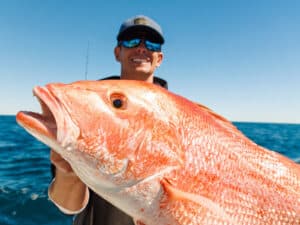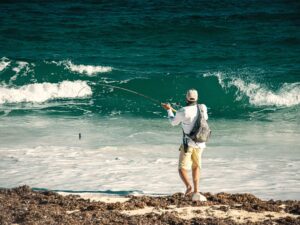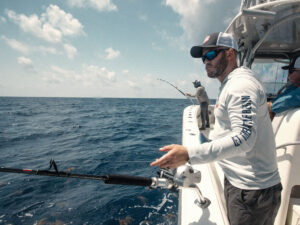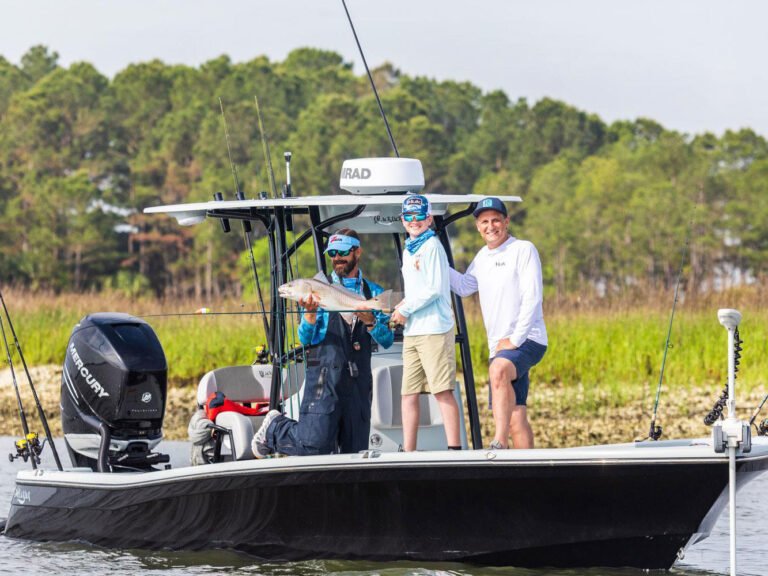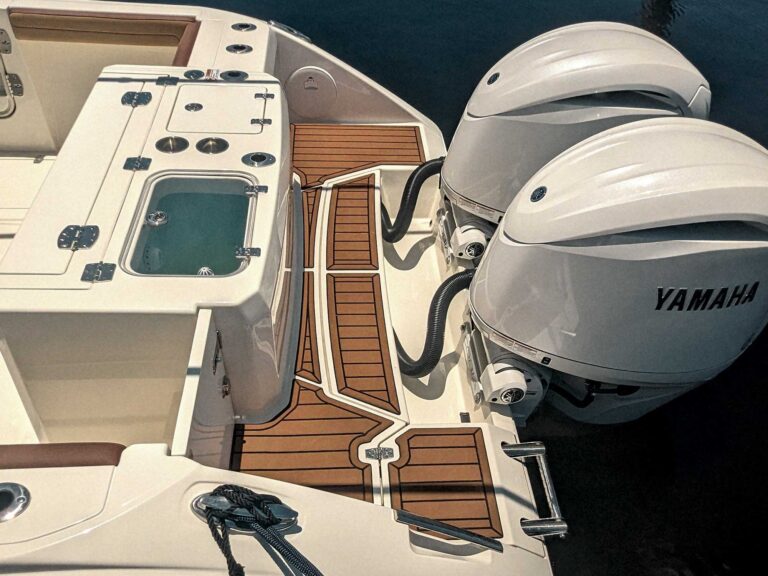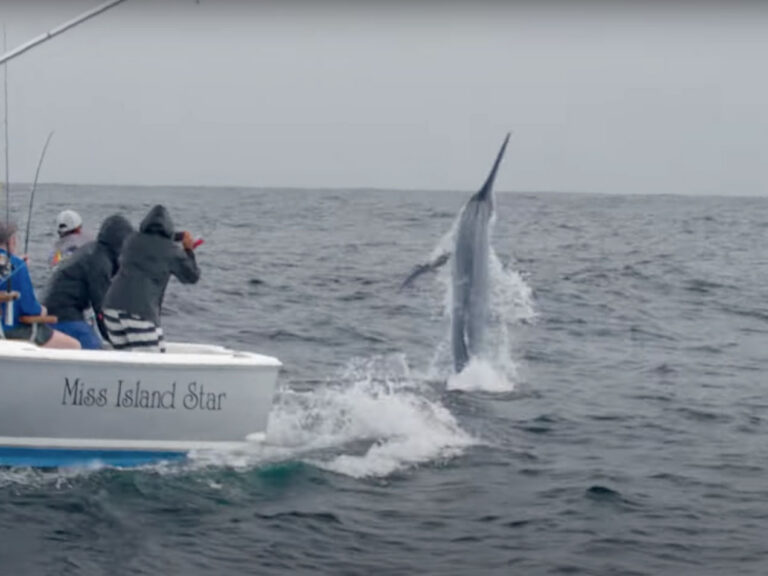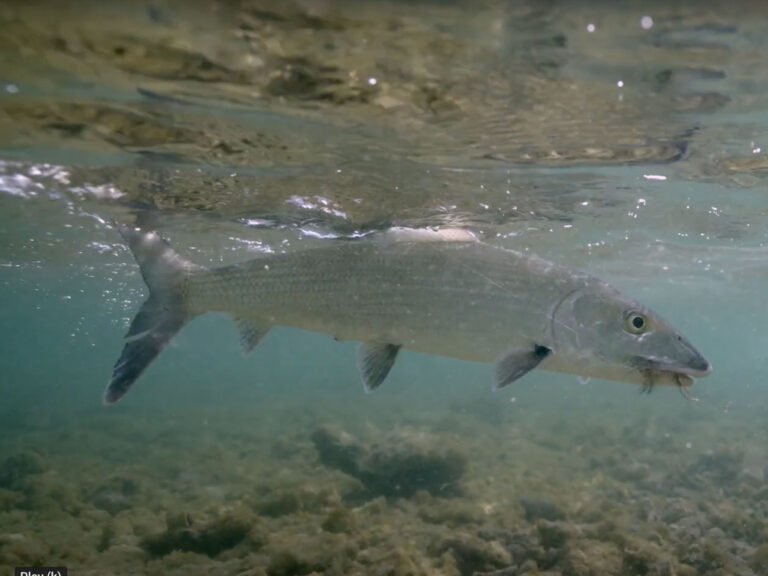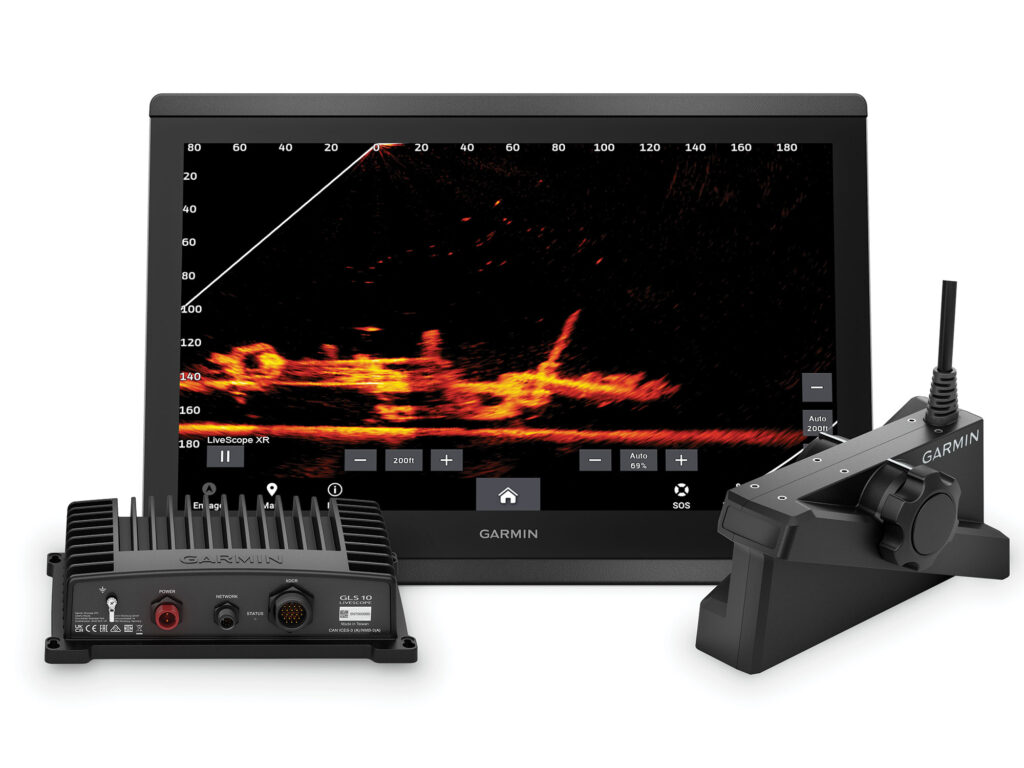
Live sonar has launched an angling revolution, and like it or not, there’s no going back. Among freshwater bass, crappie and walleye fishermen, live sonar (aka forward-facing sonar or FFS) has become required equipment.
The reason is simple.
From weekend warriors to tournament pros, sweet-water anglers without live sonar rarely stand a chance against those who employ these systems from Humminbird, Garmin and Lowrance that display motion pictures of fish and bait in real time—imagery startlingly similar to medical ultrasounds.
Yet, acceptance of this technology has not progressed as quickly among saltwater anglers. This is reflected in retail sales. To give you an idea, only about 10 percent of Garmin’s LiveScope live-sonar systems are sold to saltwater anglers, says David Dunn, senior director of marine and RV sales for Garmin.
However, things are changing. “We’re starting to see a groundswell of sales among saltwater boating anglers,” Dunn says of LiveScope. The trend will likely accelerate. As more saltwater anglers turn to live sonar, others will jump in, lest they miss out on the same level of success, mirroring the same phenomenon that has occurred in the freshwater market.
Catalyst for Change
Driving the use of live sonar in the salt is a parallel trend. It’s the growing number of advanced GPS-guided, long-shaft trolling motors in use by saltwater anglers. As in fresh water, many of the saltwater motors—but not all—provide a convenient place to mount and effectively aim the unique live-sonar transducer.
In fact, Garmin has specially engineered its Force Kraken pivot-mount trolling motors to accept LiveScope by offering the ability to route the transducer cable inside the shaft so it does not interfere when deploying and retrieving the motor. When mounted on a trolling-motor shaft, the transducer can be aimed in different directions to scan and track schools of redfish in a channel, snook along a jetty, or pilchards on the flats. Once anglers find fish, they can watch live images of their behaviors, movements and reactions.
For anglers without trolling-motor models, there are “sonar poles.” These include models such as the BreakAway Transducer Pole, Humminbird Mega Live Hand Control and RailBlaza Live Pole. These also let you independently aim live sonar while using the trolling motor separately to steer or employ in anchor mode.
Read Next: Forward-Facing Sonar Tactics for Saltwater
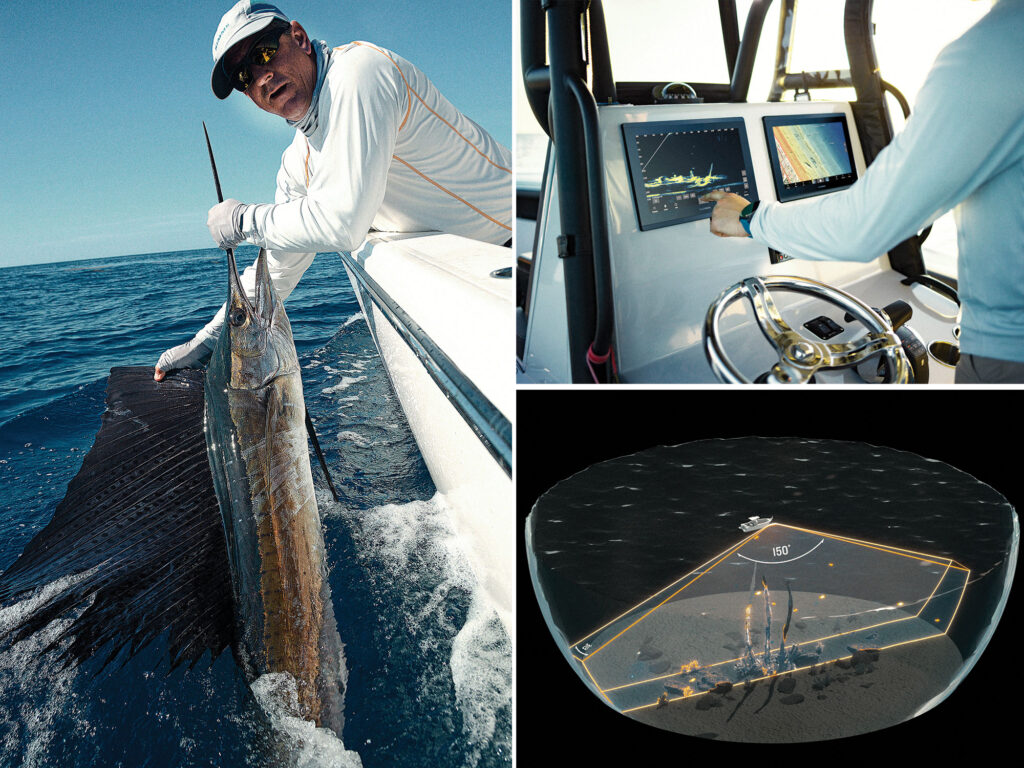
Mo’ Power
Another salty catalyst lies in the advent of more-powerful FFS systems that can penetrate the denser nature of marine waters, which decrease live-sonar range by 25 to 30 percent versus fresh water. A powerhouse example is Garmin’s LiveScope XR system. Its larger transducer and lower frequency can boom out to distances or depths of 350 feet in salt water to see fish in real time more than a football field away from the boat.
One saltwater angler who has pushed all-in with live sonar is Capt. Eric Davis. He guides backcountry and offshore charters out of Vero Beach, Florida. “I am not sure why most other anglers aren’t using it, but I kind of like it that way,” Davis says half-jokingly. “It gives me a huge advantage. I totally believe in it, but I’m also kind of tight-lipped about it.
“On some days, my guide buddies without live sonar who are fishing nearby will even shout over at me and ask, ‘Can you tell me what’s down there?’”
Davis, who serves as a pro guide and field tester for Garmin, has two boats—a Hell’s Bay 16-foot flats skiff for backcountry fishing, and a 25-foot Sea Hawk center-console for fishing deeper waters. No matter which boat, he uses two live-sonar systems—a LiveScope Plus on a trolling motor, and a LiveScope XR on a simple 4-foot PVC pipe that he sticks over the side. The latter is connected to a Garmin portable ice-fishing bundle with a self-contained display and battery. This lets him carry it aboard either boat.
Scouting a Spot
“I mostly use the XR to scan around to find out if fish are on my spot and where they are located before I even get close to the area,” he explains, indicating that the transducer on the PVC pipe is oriented in forward mode most of the time. (All FFS transducers can be manually and quickly changed in orientation from an angled vertical scan to a vertical down scan to an angled horizontal scan.)
The XR lets Davis maintain a good distance from his spots, which range from reefs in 20 feet of water to wrecks at depths of 200 feet. “LiveScope XR lets me locate the fish without driving over the school and spooking them,” he points out. “Not only can I see the fish before I get to the spot, but I can also identify the species.”
Based on experience with seeing shapes on the LiveScope display, Davis can clearly discern target fish such as cobia, grouper, kingfish, snook and tarpon, as well as less-desirable species like barracuda, goliath grouper, rays, sharks and, oddly enough, turtles. He also gains a good idea of the size of each species.
This informs Davis when deciding whether or not to fish any particular spot. If, for instance, he sees a big goliath or sharks on the display, he will likely drive away and check out another spot rather than stay and lose a bunch of fish to depredation.
Quick Study
You might think the skill to ID fish takes years to develop, but Davis says that it’s a quick study. “About three days, and I had it,” he says with a chuckle. “It is a very short learning curve.”
Once he decides to fish a spot, the guide often turns to the higher-frequency LiveScope Plus on the trolling motor. The slightly higher definition of this system (versus the XR) gives him an idea of how the fish are behaving and responding to baits, allowing him to adjust the presentation in order to trigger bites.
Davis recognizes some of the controversy associated with live sonar, but shakes it off as he reflects on other advances over the past 30 years he has served as a guide. “I remember similar reactions from anglers when braided line hit the market, when Minn Kota introduced Spot-Lock, and when chemically sharped hooks came out,” he explains. “Some said it was an unfair advantage, but soon everyone was using these technologies.”
The same thing is happening now with live sonar, says Davis. “Once saltwater anglers realize the advantages, they won’t want to fish without it,” he opines. “It takes out the guesswork.”

